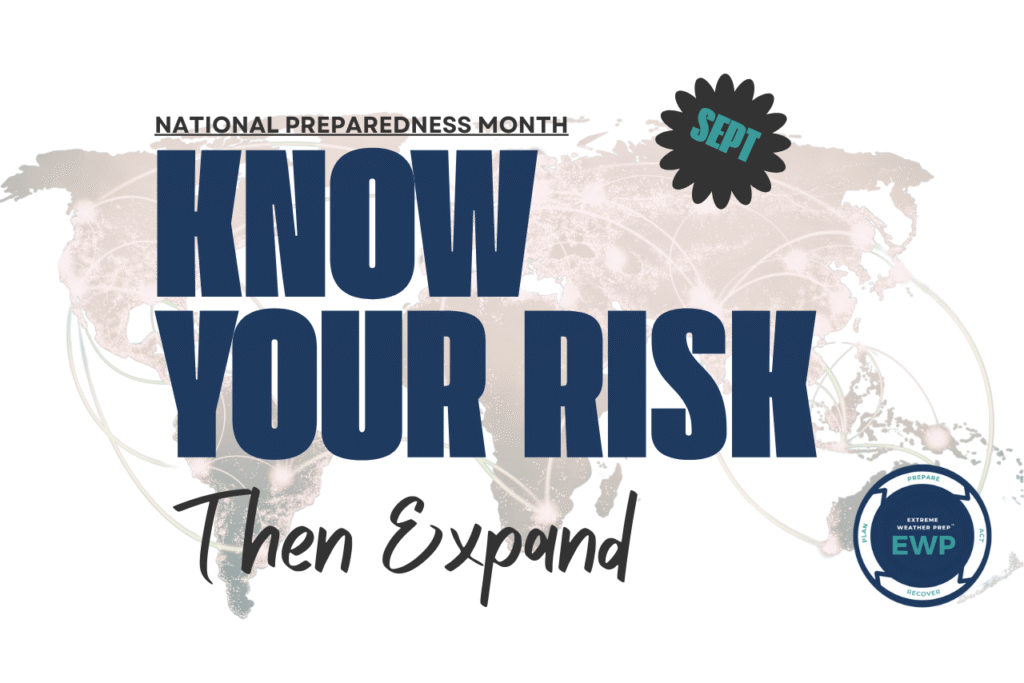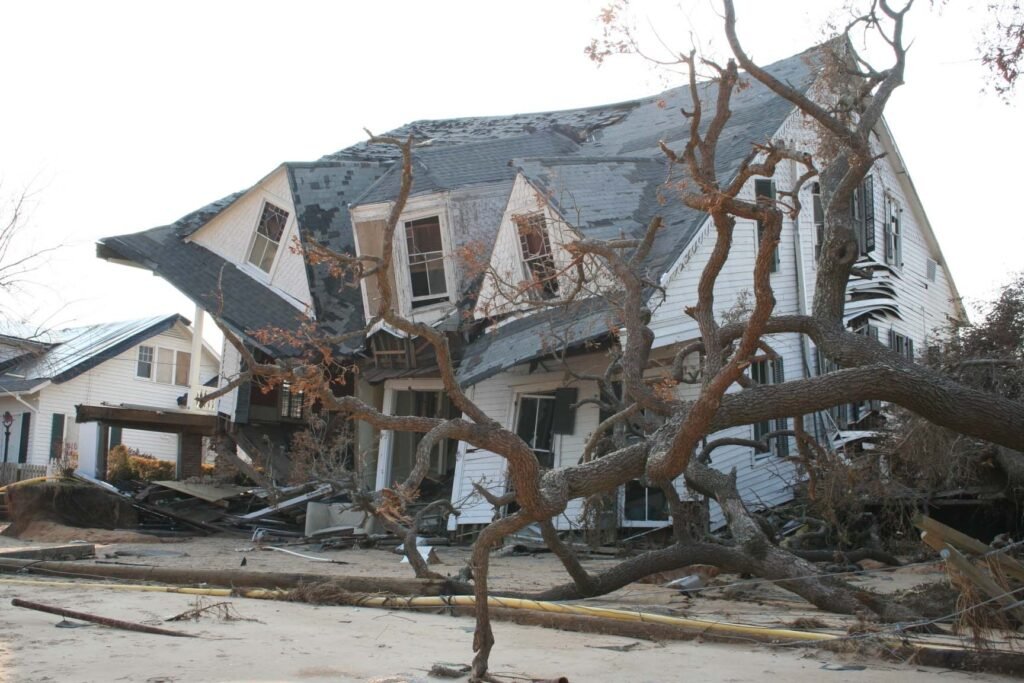Physical Address
304 North Cardinal St.
Dorchester Center, MA 02124
Physical Address
304 North Cardinal St.
Dorchester Center, MA 02124
Key Points

September is National Preparedness Month, and this week, let’s focus on knowing your risk. Too often, people assume they’re safe because they don’t live on the coast, or because the forecast shows a “weak” storm. But every hurricane is a bundle of hazards — and depending on where you live, your risk might look very different than your family member across town or friend who lives in another state.
Inland flooding is the most underestimated hazard and is also the most deadly. Over the last several decades, NOAA has reported inland flooding as the leading cause of hurricane-related deaths.
Key message: You don’t need to live on the coast to face hurricane flooding. If it rains where you are, you have risk.
For coastal communities, storm surge is the nightmare scenario. The National Hurricane Center notes surge has historically caused about half of all hurricane-related deaths.
Storm surge can push ocean water miles inland, overwhelm levees, and destroy infrastructure. Katrina’s surge in 2005 was a tragic example of defenses being overtopped.
The winds define a storm’s category — but not its danger. Winds topple trees, peel off roofs, and knock out power for weeks. Even a Category 1 hurricane has winds strong enough to cause major outages and damage.
The Saffir-Simpson scale (Cat 1–5) only measures sustained wind speed. It doesn’t measure rainfall or surge — which is why “weaker” storms can still be more deadly.
Key message: Don’t let “just a Cat 1” fool you.

Hurricanes often spawn tornadoes in their outer rainbands. They’re usually weaker (EF0–EF2), but they form quickly and with little warning. Hurricane Ivan (2004) produced over 120 tornadoes across the Southeast.
A hurricane is dangerous enough — but when you add embedded tornadoes, the threat multiplies.
Even before a hurricane makes landfall, the ocean starts pulling. Rip currents can kill swimmers hundreds of miles from the storm center.
Every year, rip currents are responsible for drownings tied to tropical storms that never officially hit land. The lesson: if there’s a hurricane offshore, stay out of the surf.
Not every hurricane death is caused by water or wind directly. Storms set off a chain reaction of hazards:
These hazards don’t always make headlines — but they’re just as dangerous in the aftermath.
My area is no stranger to both flood and hurricane risk. But the reality is, no matter where you live, your location shapes the kind of hazard you’re most likely to face.
And here’s the bigger point: everybody’s getting affected nowadays. Even if hurricanes don’t make landfall in your state, their remnants can dump enough rain, spark tornadoes, or cause power outages to put your household at risk.
Preparedness starts with awareness. Ask yourself:
Knowing the answers to these questions makes the hazards real — not just something happening on the news. Hurricanes don’t respect lines on a map. They bring different threats to different places, and every community has a risk worth taking seriously.
Knowing your risk is the first step toward being prepared. And hurricanes are the perfect example of why risk isn’t simple.
So where do you begin? Start by checking your own risk profile:
These tools take the big picture and make it personal. Once you know your risk, you’ll be ready to tackle the next step in National Preparedness Month